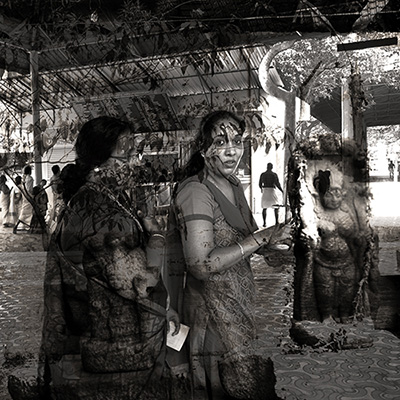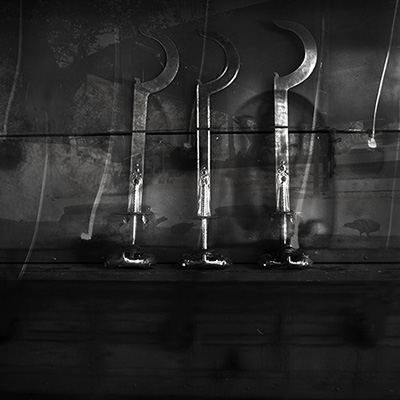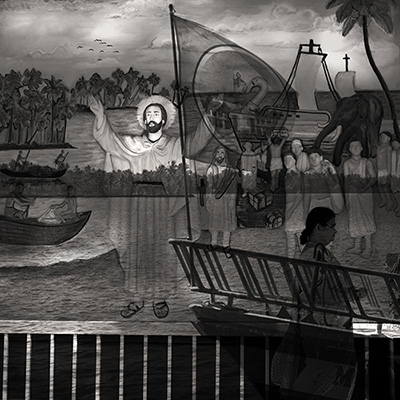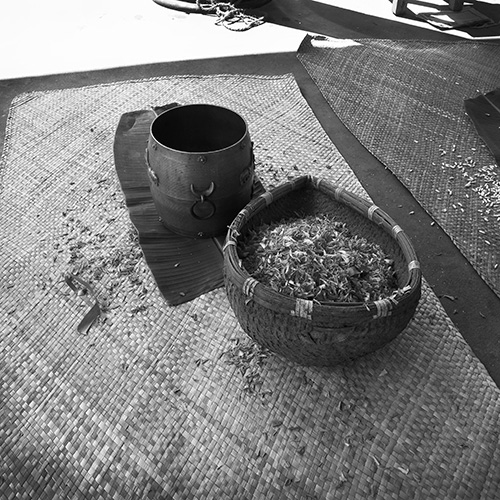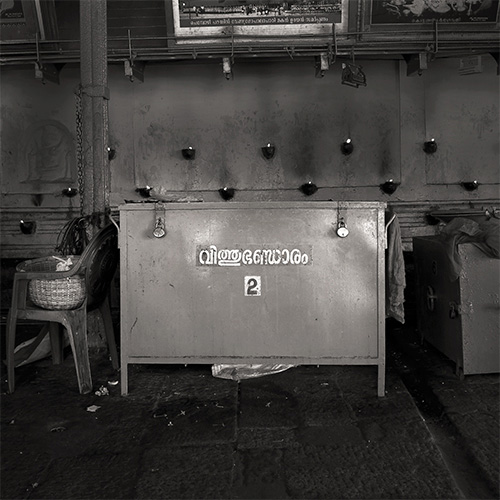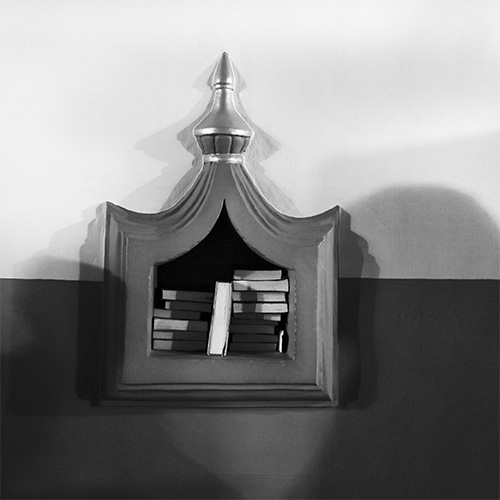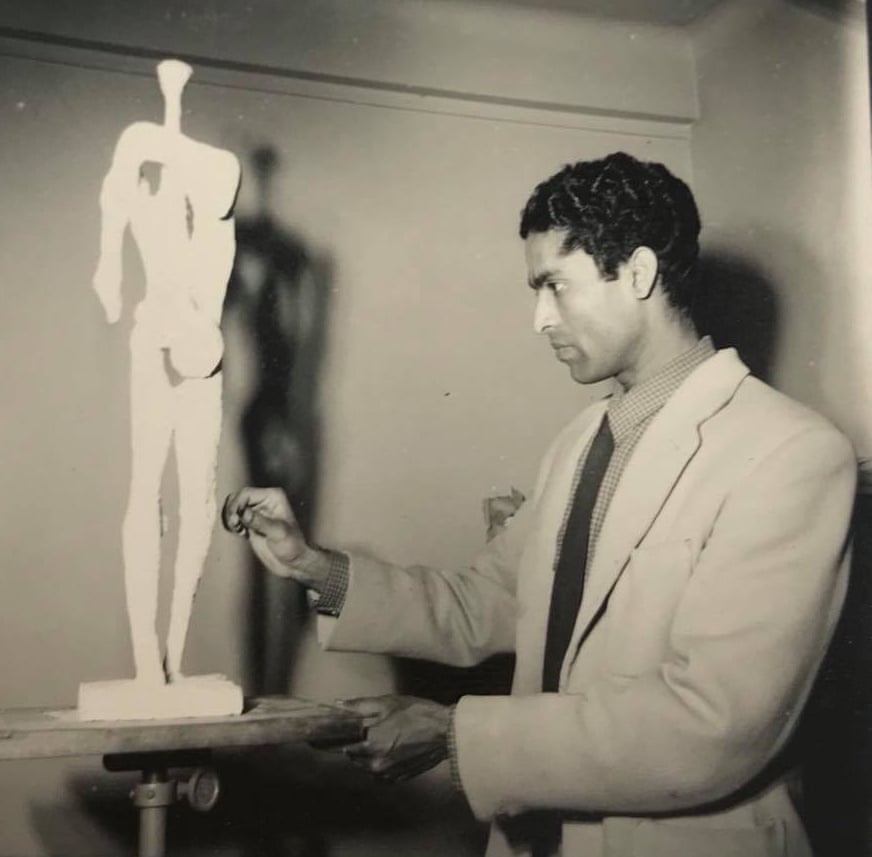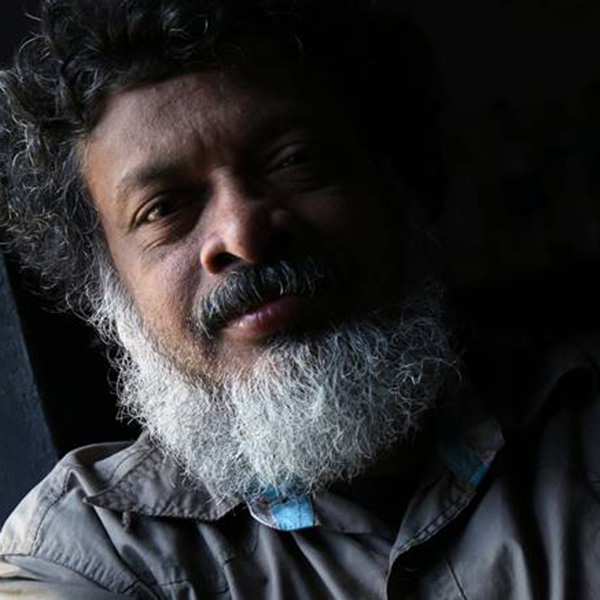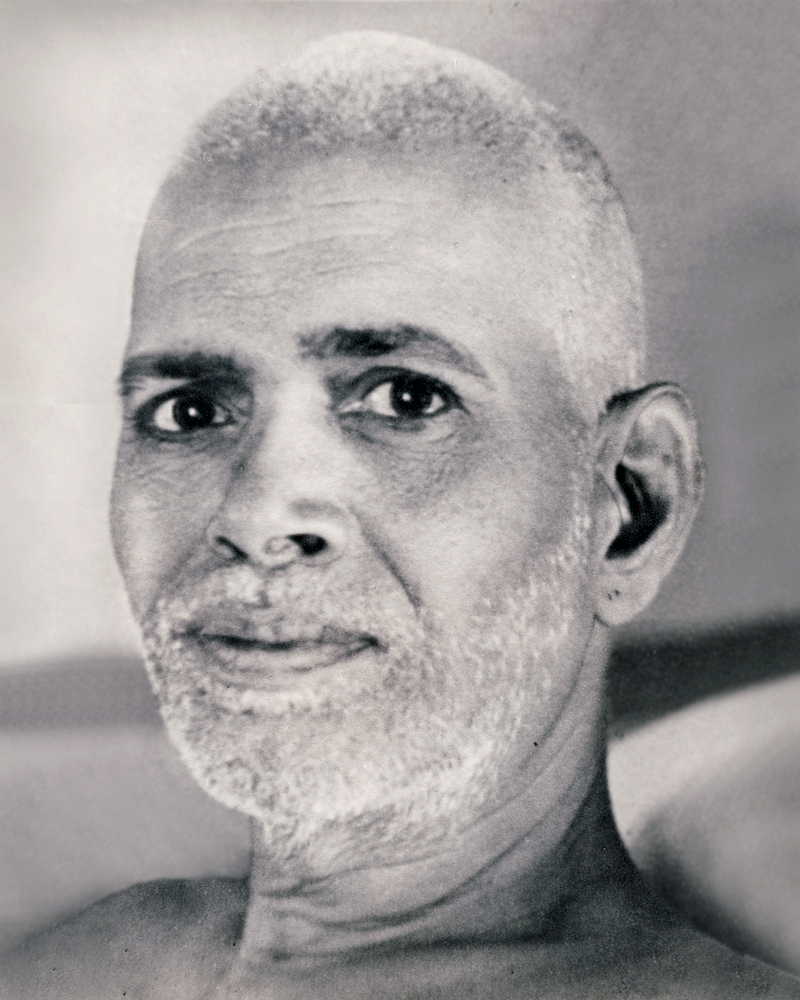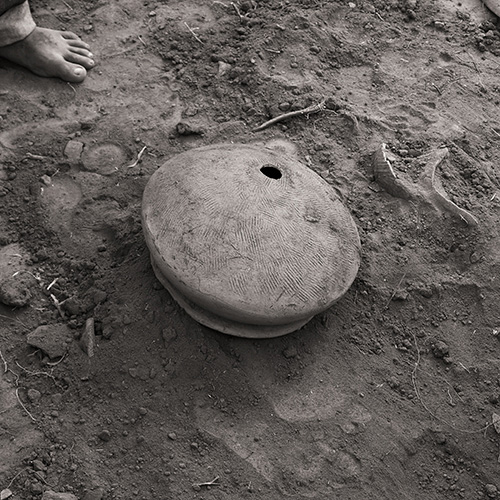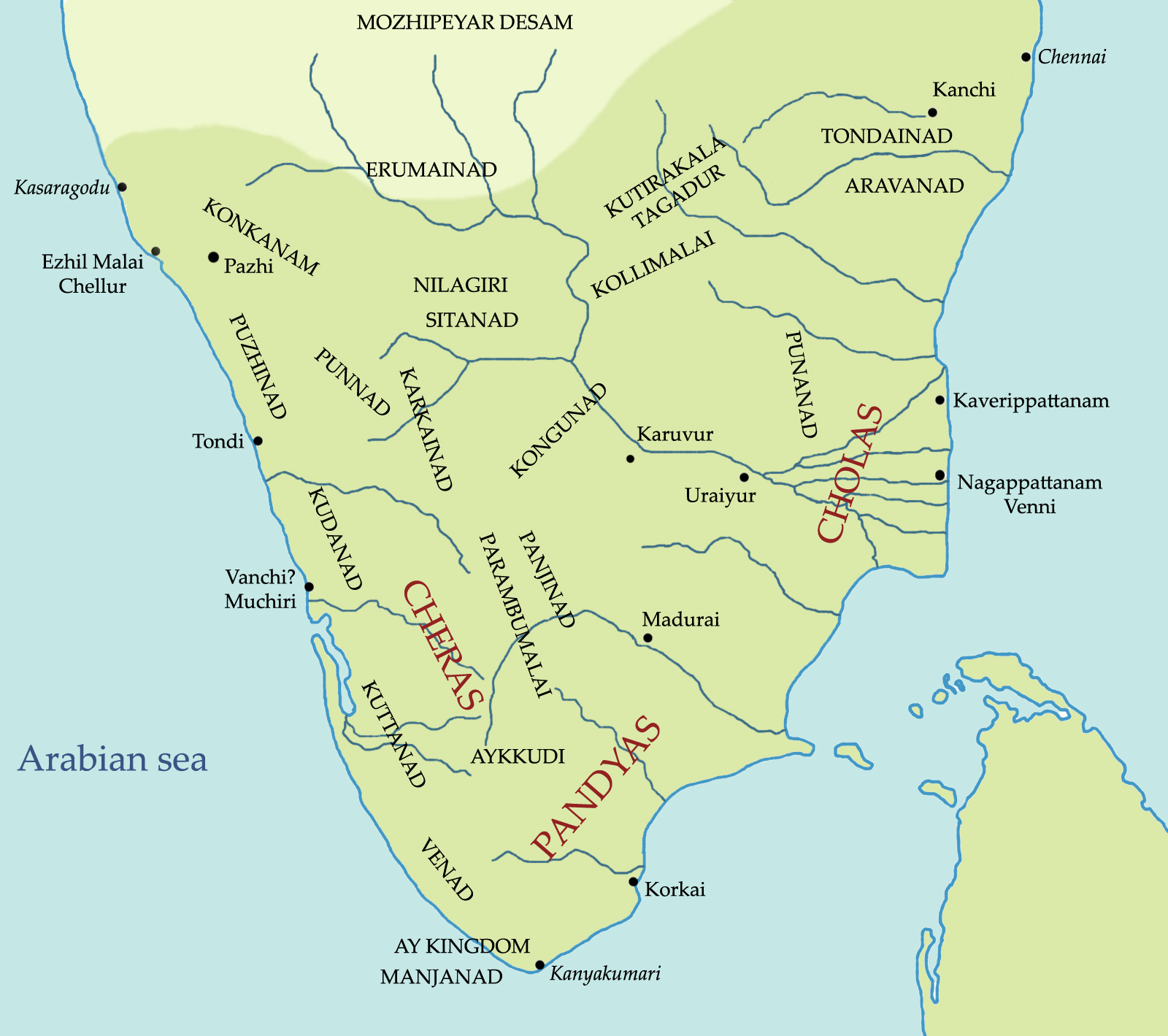Memory
History
Photo Mail remembers
Photographers and
Their contribution
As well as tunes into
The historical perspectives that
Influence contemporary
Photographic practice and
Its aesthetics

Silk and Spice Route Map | Source Wikipedia
Tamilakam in Sangam times (3rd century BCE to 3rd Century CE) included present day Tamil Nadu, Pondicherry, Karnataka, Kerala and parts of Andhra Pradesh. The commercial and cultural link of this area with South Arabia, Mesopotamia, Egypt and Rome since Iron age is evident from both textual and archaeological sources.
Mortimer wheeler, the British archaeologist, who conducted excavations in Arikkamedu in 1946, had provided evidence for this history from an archaeological perspective. Later, many other local archaeological attempts have been conducted in the region which has reinforced and rectified Wheeler’s discoveries. Many ancient natural ports along the coastal region of early Tamilakam provided the abode to commercial activity. The Egyptian port Bernika was the linking port of these ocean trade activities between India, Sri Lanka, South Arabia, Mesopotamia and Rome. During the reign of Augustus, Rome dominated the commercial activities in this area.
The Roman amphora shreds, found abundantly in these ancient port regions, give rich evidence about the golden era of South India’s commerce with Rome via the Indian Ocean. Sangam literature has many mentions about the Indian ports like Muziris and Tyndis from where the pepper and other spices as well as wood and other precious materials were exported to the Roman Empire. Actually, South Arabia was the pioneer in this commercial activity. The recent excavations by Kerala Council for Historical Research (KCHR), at Pattanam near Kodungallur, has established the evidence for these facts that have been earlier mentioned in textual and other historical soucres. The Arabian, Mesopotamian, Buddhist and Jain connections as part of the trade and commerce in the areas have been established by these excavations ventures. However, often the golden era of Rome is highlighted, may be because of some Orientalist interest in the matter.
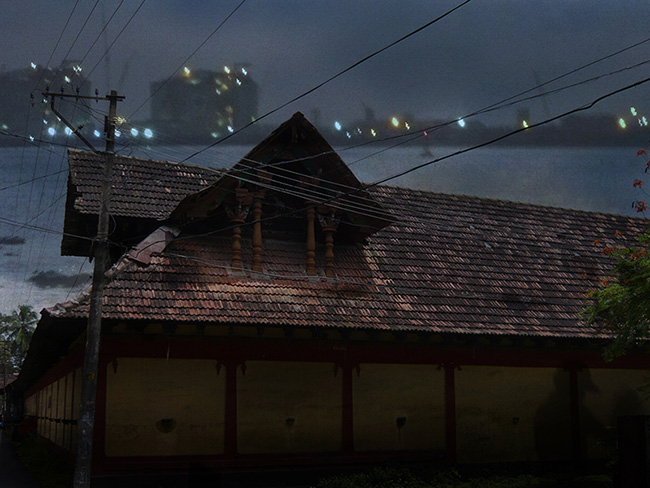
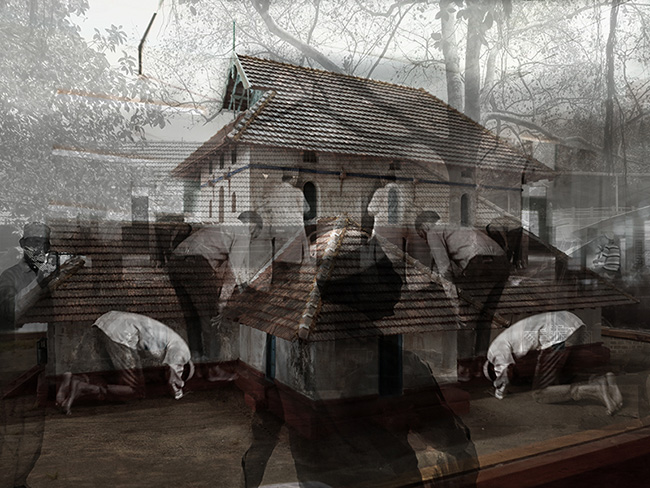
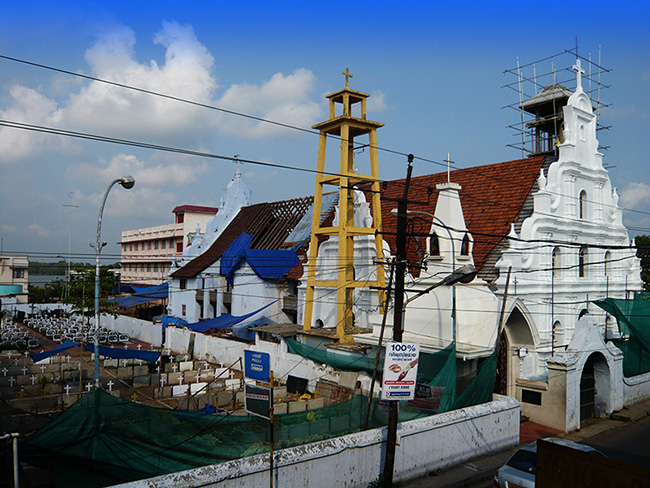
Tamilakam Rekaikal © Abul Kalam Azad 2015 | Project 365 TRI-Sangam Ports Public Photo-art Archive
EtP’s project of making photographic images from these ancient shores of commerce and culture is a notable expedition which may turn into a phenomenal event helping both archaeology and history of South India. Abul Kalam Azad, Tulsi Swarna Lakshmi and Manini Rahman Pattanam had visited the excavation sites of Pattanam during its seventh season. I was working in the project as a volunteer where the research of locating the ancient port of Muziris was going on. Some of the images Abul captured from the site have been already published by EtP. Selecting Tyndis and Korkai in the present project by EtP, apart from Muziris, is a welcome step since it will be a harbinger to the coming essential archaeological excavation to be held at Tyndis and Korkai. Through this photographic mapping, the team may be identifying our past traditions of Buddhism, Jainism, Arabian, Mesopotamian cultures as well as European link of South India from the time of antiquity.
The archaeological findings of our ancient culture, collected since 1000 BCE, may be an eye opener to the nationalist projects of India and elsewhere as to how different regions of the same nationality contributed to, rather than mere highlighting a particular aspect of national culture and geography. Thus, in the Deccan plateau, a distinct Iron culture was flourishing even before the Aryan integration. The Mangad excavation in Kerala has already established that the Iron Age culture of South India was older than the banks of Ganges culture. The Iron tools were brought to the Ganges banks by the Aryan settlers; while in South India, since it had strong ocean trade connectivity, the Iron technology came in an early phase, which reiterates the antiquity and progress of Tamilakam region with regard to its culture and commerce. Project 365 may also be gathering images of our history of the birth and development of Imperial powers since the time of Roman Empire. This photographic mapping may lead us back up to the era of David and Solomon. During their time, around thousand years before Christ (1000 BCE) the technique of making steel from Iron was discovered. Scriptures say the technique of softening iron is revealed to David, and the knowledge on Monsoon was known to Solomon. (Refer Quran)
Tamilakam Rekaikal © Abul Kalam Azad 2015 | Project 365 TRI-Sangam Ports Public Photo-art Archive
Tyndis, Muziris and Korkai are believed to be situated in and around Ponnani, Kodungallur and Tuticorin respectively; there is no conclusive evidence as to their exact locations, and it is likely that the port locations were shifted in response to flooding and changing seashores. In these port areas, we can still see sediments of the multiple cultures that once used them as gateways. In the face of the gradual erasure of the pluralities and nuances of original cultures in favour of the singular global culture, these are vital reminders of the prosperous history that we possess; opposed to the dark version we have come to accept since the colonial era. Project 365 looks to marry this cultural heritage with the art of photography.
Such a photographic mapping, done with the awareness of our history and culture, would be valuable in many ways including its political and cultural aspects of our contemporaneity. The concept of EtP, ancient India in contemporary times, is counter posing our past and present in a new perspective. The blend of history and art is not in vogue in our ego driven market world of art and culture. It is in this situation that the project marks its significance in the photographic history of South Asia.
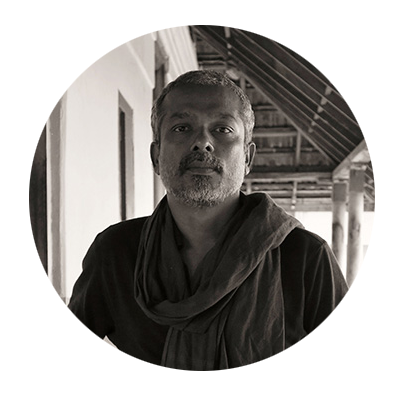
PP Sha Nawas is an independent writer, author, and theoretician. He has published research papers on photography and related art in various reputed magazines and journals. He lives in Malappuram, Kerala.
Published on January 10, 2017
Share
Related Articles
An Enigma Held in High Disregard, or KRISHNA REDDY
Krishna Reddy’s engagements and activism during his youth was informed by a compulsion to overturn the established order. The Indian struggle for independence was gaining momentum during this period, with Mahatma Gandhi calling for the complete end to British rule in India – and Reddy joined the protests. Following Reddy’s involvement with the Quit India Movement, for which he printed hundreds of posters and was jailed a couple of times, he moved to Santiniketan – where, under the tutelage of Nandalal Bose, Benode Behari Mukherjee, and Ramkinkar Baij, he studied sculpture and water colour.
Representations of an Ethos: Razak Kottakkal
Razak Kottakal’s photographs of Basheer is almost as famous as Basheer himself; anybody who is familiar to a minimum extent with Modern Malayalam literature would have encountered at least a few of Razak’s portraits of literary figures, without knowing the name of the photographer – mostly because the photographer is considered secondary to the subject in such cases. Different aspects of Razak’s life have entered public record, through interviews of his contemporaries, family, colleagues, and subjects. Yet, for all the wealth of information that such records provide, they are hard reminders that photographers are barely understood beyond superficial labels.
Living Pictures – the “Mani Bust”
In 1930,PRS Mani Iyer became the first official photographer of Ramana. His portrait of Ramana, commonly known as “Mani Bust”, became the most popular photo, widely circulated and worshiped by millions from across the world. Very little is known about this master photographer and his other photographs that he had taken while he was working as an Executive photographer at Modern Theaters, Salem.
MuchiRi (MusiRi) in Ancient Tamil Texts and Tamil Tradition
In the Early Historic (Sangam Age) Tamil country (comprising modern Tamil Nadu and Kerala), numerous developments, including the composition of Tamil texts and the emergence of port towns along the coast . The Early Historic period is placed between third century BCE and third century CE. MuchiRi or MusiRi was an Early Historic port town on the Kerala coast of India, and the town was under the control of the Chera vEntars (a political power) .
Project 365 tri-sangam ports Tyndis, Muziris and Korkai
Such a photographic mapping, done with the awareness of our history and culture, would be valuable in many ways including its political and cultural aspects of our contemporaneity. The concept of EtP, ancient India in contemporary times, is counter posing our past and present in a new perspective. The blend of history and art is not in vogue in our ego driven market world of art and culture. It is in this situation that the project marks its significance in the photographic history of South Asia.


